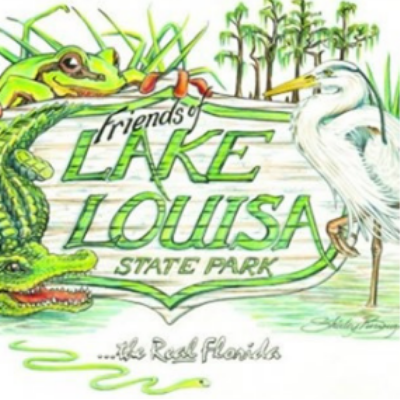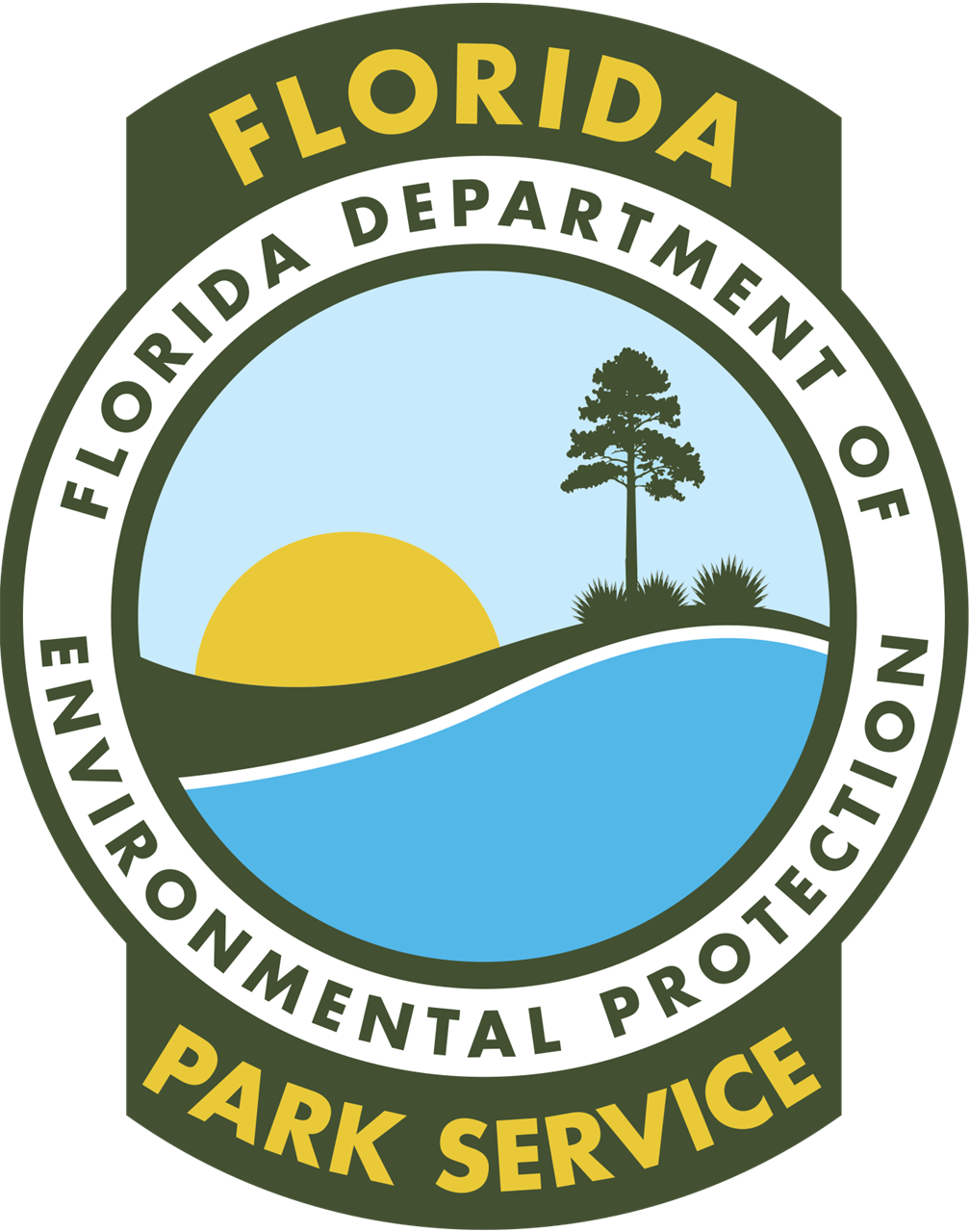Green for Green
There has been a lot of discussion recently about Florida’s State Parks. There have been calls for them to become self-sufficient and some politicians have openly said we have too much public land and should consider selling some of it.
Throughout this debate, a number of important issues have not been discussed so I would like to take a little time here to mention them because I think they are critical.
The first question we all have to ask is “Why do we have state parks in the first place?” State parks exist to protect and preserve a particular location because of its natural beauty, flora and fauna, historic and cultural interest, or recreational potential. That is the reason we have state parks and that is why we need to protect and preserve them. The Florida Park Service with limited resources does a fantastic job.
However, while the state parks are a fabulous treasure that, hopefully, will be enjoyed by generations to come they are also a huge revenue earner for the state – and that is something that is often by many people.
Florida’s parks are likely to attract a record 30 million plus visitors this year. To put that in perspective, Walt Disney World’s Magic Kingdom, the world’s most popular theme park, had 18.6 million visitors in 2014 and Florence, one of Italy’s most historic and beautiful cities, attracted just 10 million visitors.
Visitors are great because visitors spend money. Visitors to Florida’s state parks have an economic impact of more than $2 billion a year. That means they spend that much money in local businesses – hotels, restaurants, stores and attractions and so on. Hundreds of millions of dollars also go into the local economy through sales taxes.
Another bonus is that canoe rentals, boat rides, concessions and a host of other park-related activities create about 20,000 jobs. It should also be mentioned that our state parks are already around 80 percent self-sufficient and they become more so every year.
People need somewhere to go to enjoy the great outdoors and explore the real Florida. The state’s population has mushroomed from 15.9 million in 2000 to 20 million in 2015. This growth is likely to continue for decades. This means that more land will be needed to satisfy the demand for residential and commercial expansion and more land will also be needed for people to recreate in.
The bottom line is that investment in our parks is good for Florida’s economy. This is best summed up by the phrase ‘Green for Green’ – more public land equals more visitors spending more money.
We need to be investing both scenarios in order to manage and maintain existing Florida’s public lands so that they continue to be the nation’s showcase of what a state park system should be and we need to invest in new land acquisitions to meet the growing demands for more open spaces from a rapidly expanding population.
We need to protect and preserve our state park system and by investing in it, we can do just that. More importantly, that investment stimulates spending which benefits Florida’s economy. At the moment, Tallahassee provides around $80 million a year to support the parks. In return, it gets over $2 billion.
I think that is an amazing return on investment. Therefore, from now on, when we talk about our state parks let us remember ‘Green for Green’ – invest more get more - a win-win for everyone.



